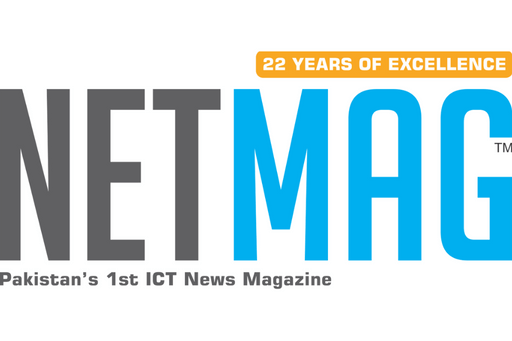Five Years of Cyber Attacks on Pakistan: Key Hacker Tactics Exposed in New Report
Pakistan’s core telecom and government networks have been under sustained, stealthy cyber pressure for the past five years, according to the Pakistan Telecommunication Authority’s Cybersecurity Annual Report 2024–25. The report, based on national Telecom Security Operations Center (nTSOC) data, open-source intelligence, and partner inputs, reveals that attackers have shifted from overt malware to stealthy, identity-driven techniques—often amplified by AI.
Escalating Threat Landscape
nTSOC, which coordinates cross-operator incident response, processed over 10,000 alerts, escalated 1,500 incidents, and blocked 500+ malicious infrastructures during the reporting period. Threat activity spiked after the April 2025 Pehalgam incident, with 112 major claims, 25 DDoS attacks, and 104 dark-web threats in just weeks. In response, a 24/7 Cyber Control Room was established with nTCERT and partners, marking the first nationwide cyber crisis protocol execution.
Attackers are increasingly “living off the land”—using legitimate tools, stolen identities, and cloud misconfigurations to evade detection. AI is now actively deployed in operations against Pakistan, including voice cloning for telecom fraud, AI-generated large-scale phishing, and deepfake impersonations of officials on social media. These tactics aim to distort public perception, undermine trust in institutions, and exploit weak verification systems.
Dominant Attack Techniques (Five-Year Trends)
According to nTSOC’s MITRE ATT&CK analysis, evasion and credential-focused tactics dominate:
READ MORE:
vivo Introduces X Fold5 in Pakistan – Ultra-Light, Ultra-Durable
-
Obfuscated Files or Information – 194,824 cases
-
Command & Scripting Interpreter Abuse – 136,747 cases
-
Phishing – 124,800 cases
-
Deobfuscation/Decoding – 76,327 cases
Other common methods included masquerading, process injection, and malicious use of PowerShell and scheduled tasks—signs of attackers planning for persistence and stealth.
Targeted Sectors
-
Government: Hit by phishing, spyware, and domain spoofing from groups like Sidewinder and APT-36.
-
Telecom: Faced DDoS, credential-stuffing, and firmware exploits from criminal and state-linked actors.
-
Academia: Targeted by hacktivists and ransomware gangs, with over 30 defacements and major credential leaks.
-
Law Enforcement: Suffered leaks of judicial records, fake FIR distribution, and defacements aimed at eroding public trust.
Countermeasures in Action
nTSOC has deployed real-time detection for script-based abuse, monitored dark-web leaks, and issued MITRE-mapped threat advisories. The fusion-centre approach has improved detection speed, attribution accuracy, and guidance specificity.
Recommendations Moving Forward
-
Government: Enforce DMARC reject policies, centralise domain management, and fast-track deepfake content verification.
-
Telecom: Upgrade router firmware management, detect credential-stuffing anomalies, and update DDoS playbooks.
-
Academia: Implement sector-wide MFA, phishing simulations, and structured incident-response channels.
-
Justice Sector: Secure records systems, verify public documents out-of-band, and create rapid spoofed-site takedown procedures.
Additionally, Pakistan needs AI-aware defences, such as voice-biometric verification for sensitive transactions and provenance tagging for public media.
The report concludes that Pakistan’s cyber threat environment is no longer defined by large-scale malware outbreaks but by persistent, identity-centric intrusions designed to blend in, persist, and erode trust. The key to resilience lies in early detection, rigorous identity verification, and rapid fact-based communication.



